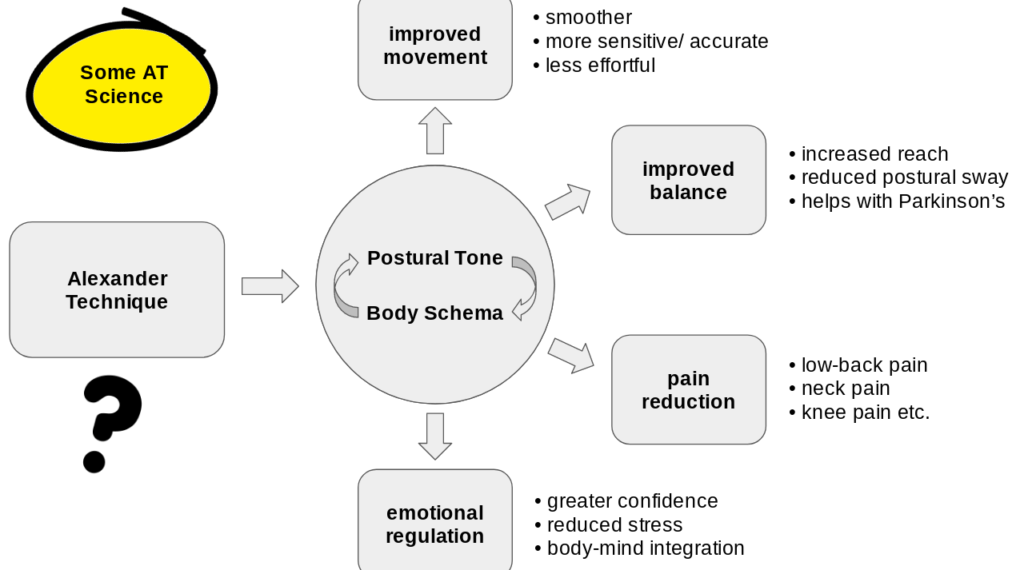Last month I had the privilege of introducing the Alexander Technique online to an international group of pianists. They were all training to be Suzuki method piano teachers on the prestigious course run in Cambridge by Jenny Macmillan. Here’s what Jenny had to say about my introduction to the Alexander Technique:
Henry’s presentation was interesting and varied, including Powerpoint slides, short videos and an audio, and involving all participants. He understands his subject well and is able to explain it clearly and succinctly. Afterwards, he was willing to share his materials so participants can benefit further by reviewing his presentation. Henry is easy and pleasant to deal with and prompt to reply to emails. I would highly recommend him to give an Alexander presentation.
Jenny Macmillan, Suzuki Piano Teacher and Trainer, MA BA(Hons) FTCL LRAM DipESA
Workshop summary
I wanted the workshop to be both intellectually engaging and practical, with plenty of time for questions and feedback. To begin, we took a whistlestop tour of the latest science on the Alexander Technique. What are scientists saying about its benefits and how it achieves its affects? Here’s the summary diagram I shared:

Next, we listened to a ‘lying down audio‘, noticing how it encouraged in ourselves two fundamental principles of the Alexander Technique, termed ‘inhibition’ and ‘direction’.
We then explored the relevance of those principles at the piano by taking part in an Alexander Technique ‘étude’. I have explained the Alexander étude in a previous post, and included instrument-specific guidance there.
Finally, we took a look at shoulder anatomy because tense upper back and shoulders are such a common problem for pianists. To eliminate unnecessary tension in that area, we need to conceive differently of that part of the body and instead encourage space, buoyancy and adaptability for the arms and shoulders. You can try this video I’ve created if you’d like to explore that aspect further, particularly the third section which I term ‘the golden exercise’.
Many thanks to Jenny Macmillan and her Suzuki trainees for this rewarding opportunity, and for the insightful feedback and questions raised during the workshop.

